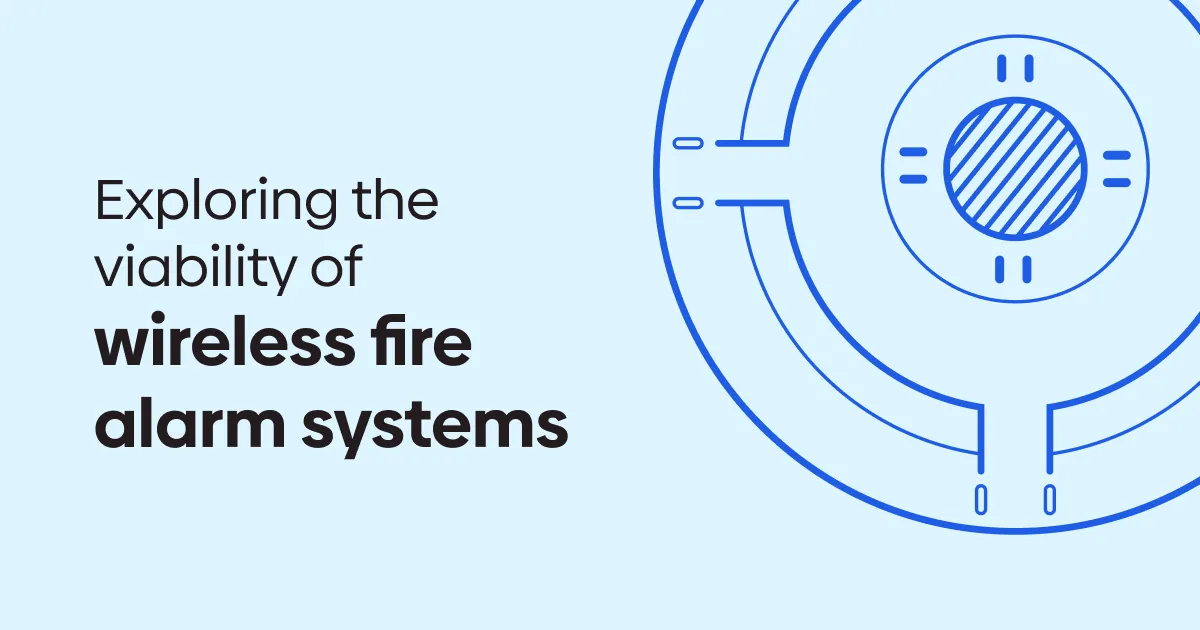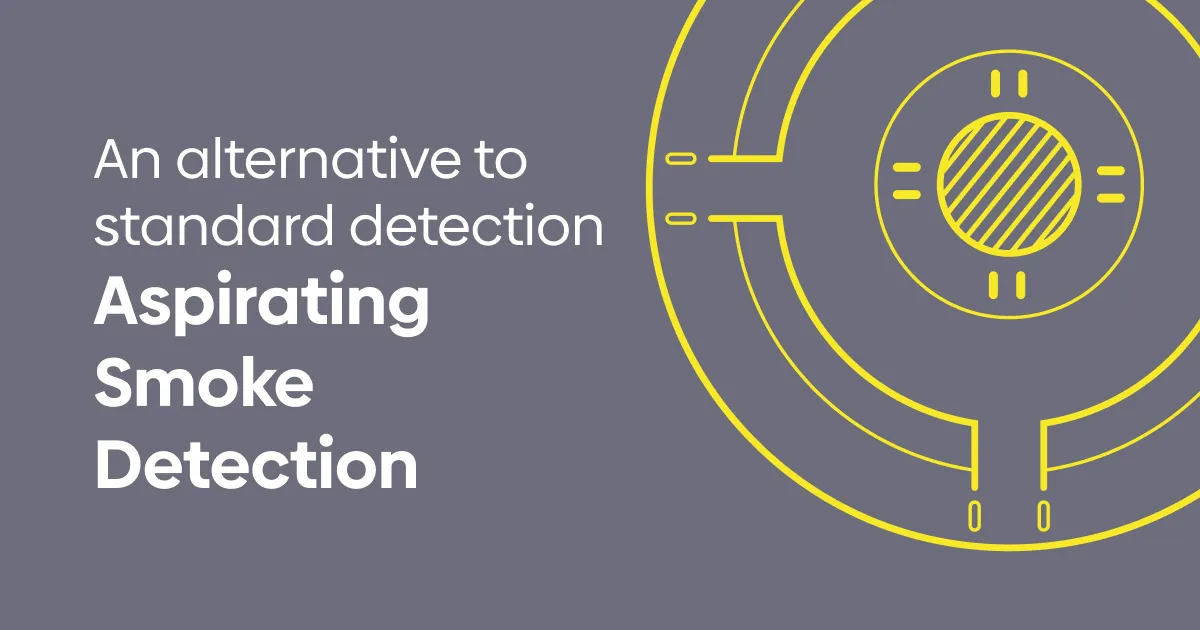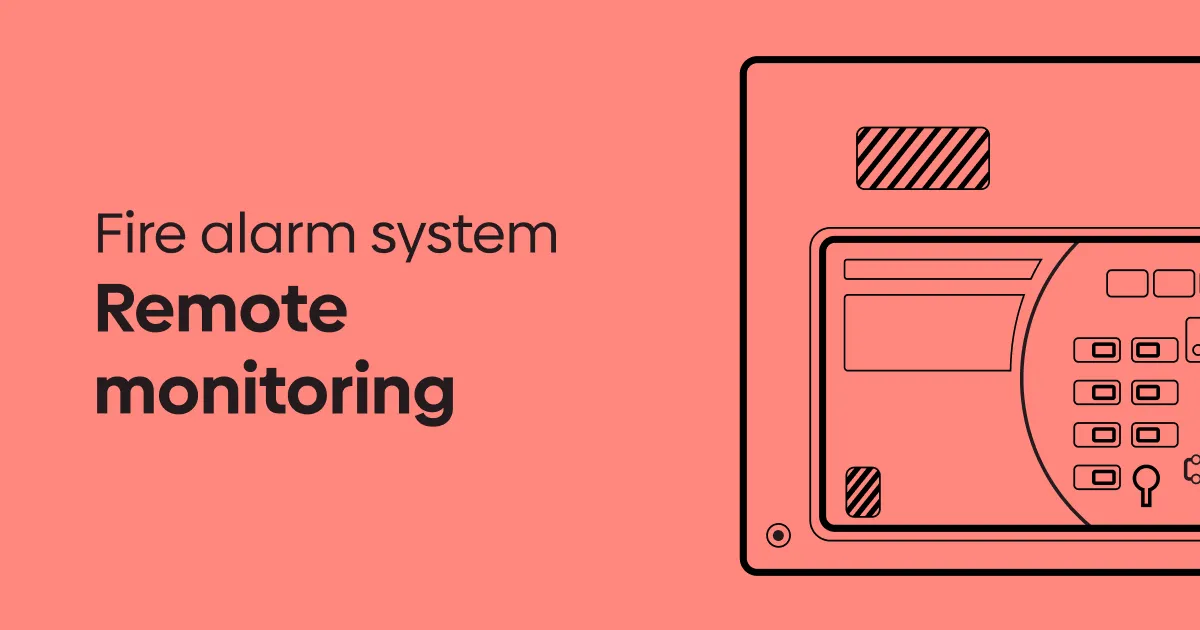
When it comes to life safety, the reliability and effectiveness of any fire alarm system are absolutely crucial. While wired fire alarm systems have traditionally been the preferred choice for many buildings, wireless fire alarm systems are gaining popularity due to advancements in technology, making them an attractive option in a variety of scenarios. However, some installers still have concerns about their reliability, particularly regarding signal integrity and overall performance. In this article, we will address these concerns by exploring the regulatory standards that govern wireless systems and the technological advancements that have enhanced their performance.
Wireless systems are now being installed in all types of buildings where wired systems might also have been considered. In many cases, they prove to be the ideal solution for properties like HMOs (Houses in Multiple Occupation), apartment buildings, care homes, and other sensitive environments.
Reassurance Through Standards: Compliance and Signal Integrity
One of the main concerns when it comes to wireless fire alarm systems is signal integrity. There is a perception that wireless signals can be unreliable and vulnerable to interference.
However, BS5839 makes it clear that the reliability of wireless systems must match or exceed that of traditional wired systems. This means that they must perform without failure in detecting a fire and alerting the building’s occupants in the event of an emergency. Compliance with these standards ensures that wireless systems are held to the same high performance and reliability standards expected from wired systems.
Furthermore, the European Union’s Radio Equipment Directive (RED) and EN 54-25 – a standard that specifically covers wireless fire detection and alarm systems – ensure that wireless components meet stringent quality and safety requirements. In other words, modern wireless fire alarm systems are designed and built to be as reliable, if not more so, than their wired counterparts.
Advancements in Wireless Technology
One of the key reasons that these systems are becoming more trusted and viable is the rapid advancement in wireless communication technology. Today’s systems come equipped with cutting-edge features such as automatic frequency hopping, which helps prevent interference from other wireless devices or environmental factors that might affect signal integrity.
Automatic frequency hopping ensures that the system can switch between different channels or frequencies to avoid interference, ensuring that signals can get through even in environments with other wireless devices. This makes them much more resilient to environmental factors and external disruptions.
The quality of the components has also improved significantly with modern systems now employing high-quality transmitters and reliable batteries that have longer life spans as well as being more resistant to degradation. This makes them more dependable, ensuring they remain operational at all times.
At Huvo, we are proud to stock some of the best wireless fire alarm systems on the market today. The systems we provide meet or exceed industry standards, and we make sure that our customers have access to the highest quality equipment available.
The Importance of a Site Survey
Whether you choose a wired or wireless system, one of the most critical aspects of a successful installation is a thorough site survey and risk assessment. When installing a wireless system, some additional checks are necessary. It’s essential that the survey includes a comprehensive test of signal integrity between the panel and all connected devices. Modern wireless systems have impressive ranges, with open-air signals capable of traveling hundreds of meters – something we’ve confirmed through our own tests. However, it’s important to remember that the strength and integrity of wireless signals can be affected by factors such as:
- Building Layout: Complex layouts with multiple floors, rooms and walls may present challenges to wireless signal propagation.
- Interference: Other devices in the building, such as Wi-Fi routers, microwaves, and other wireless equipment can interfere with the signals.
- Obstructions: Thick walls, metal structures, or large furniture can obstruct wireless signals, requiring strategic placement of detectors and repeaters.
A site survey will help identify potential issues in advance and ensures the system is designed and installed to maximise performance. Signal issues are often easily addressed through the strategic positioning of devices and some manufacturers offer boosters that can be integrated into the system when required.
It’s very important to remember that the success of a wireless system is not only about the quality of the equipment, but also about how well the system is installed, and just as importantly, the environment it’s installed into.
At Huvo, we always emphasise the importance of a thorough site survey and risk assessment before any installation. We offer free technical support and pre-programming services, so you can be confident that your system is designed for optimal performance. Our team can also assist with system design to ensure that every component is placed in the best possible location for reliable coverage.









